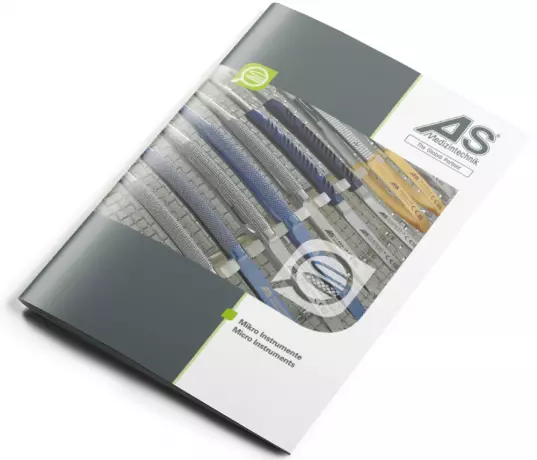
Micro needle holders, scissors and forceps are required for modern and state of the art micro discip...
Portal and digital medical technology fair of the largest MedTech cluster in Germany

Micro needle holders, scissors and forceps are required for modern and state of the art micro discip...

Tubular shaft instruments for conservative and minimally invasive surgery made by STRUB MEDICAL are...
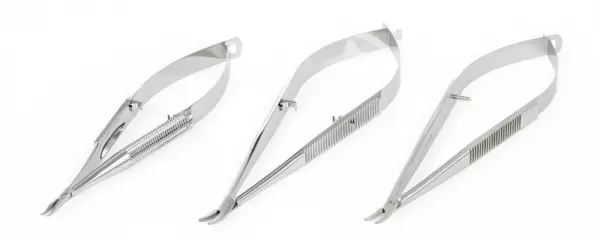
The manufacture of needle holders is also one of our core competencies. Our needle holders are manuf...
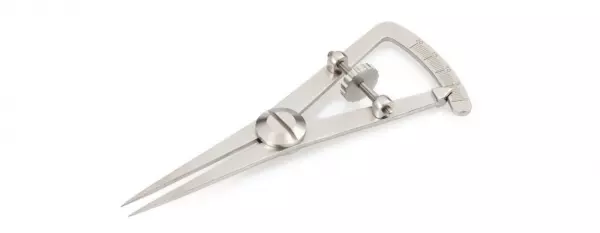
Various surgical instruments We offer standard and custom designs for a wide variety of applicati...
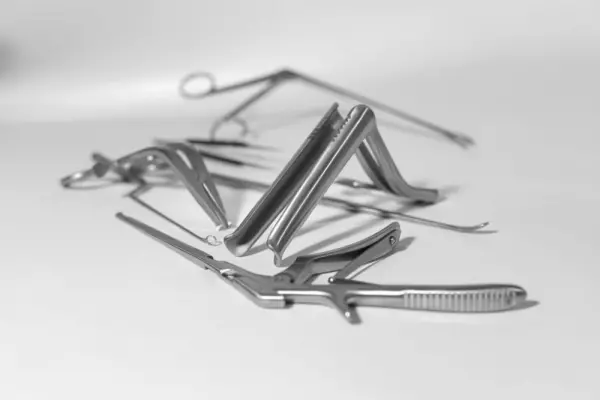
Perfection is indispensable, especially in neurosurgery. High-precision operating and high-precision...
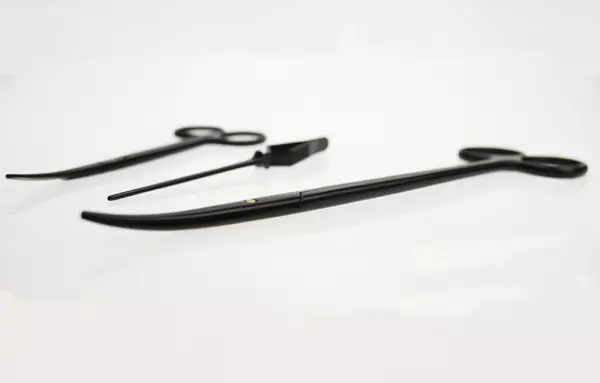
diBLACK-LINE - the new generation of surgical...
diBLACK-LINE – the new generation of surgical instruments from DIMEDA DIMEDA Instrumente of...

Neurosurgical instruments are crucial for a successful operation. While it is not necessary to use the same instrument for different operations, it is a good practice to have a few standard instruments to ensure a consistent result. The following sections will provide an overview of each instrument's function and how to use it. To learn more about each instrument, continue reading! Once you have read this article, you'll know what they are used for and why.
Integra Ruggles-Redmond offers a complete line of premium neurosurgical instruments. These high-quality, innovative surgical instruments are manufactured to provide superior dependability and performance. Aesculap is an award-winning manufacturer of surgical instruments. The company's name "Made in the USA" is synonymous with high quality and reliability. Aesculap's mission is to make all neurosurgical interventions safer and more effective, so their products are built with function in mind.
Aesculap Neurosurgical Instruments include a complete line of premium, innovative surgical instruments. All instruments are rigorously tested to ensure their dependability and performance. REDMOND was founded by John A. Redmond, M.D., and developed its unique concepts in collaboration with leading neurosurgeons. In addition, the company's Olsen Medical division manufactures electrosurgical instruments and accessories. The versatility of Aesculap's instrument lines is unmatched.
The first step in preventing the spread of CJD is to avoid the use of potentially contaminated surgical instruments. Patients should be informed about neurosurgical instruments used during surgery. The hospital should quarantine these instruments until a nonprion disease is identified. In the meantime, the contaminated surgical tools should be sterilized according to recommended CJD decontamination protocols. It is important to have good communication among treating physicians when it comes to identifying these special handling instruments.
In the United States, neurosurgical instruments should be reprocessed using CJD decontamination procedures. Those used in patients with the disease should be quarantined. While the medical instruments used for neurosurgery may be contaminated with CJD, these instruments must be reprocessed before they are reused. Moreover, it is essential to know the type of instrument used for each patient. In cases where multiple patients are involved, the surgeon should keep a separate set of instrument for each patient.
The instruments used for neurosurgery should be sterilized properly. The use of sterile neurosurgical instruments should be prohibited for infectious diseases. The presence of CJD-infected brain tissue can be fatal for patients. To prevent this, it is vital to sterilize all surgical equipment. It is possible to identify any possible risk of infection from the use of microinstruments. This is important for the safety of patients, nurses, and the public.
Infection prevention professionals must monitor for CJD in their surgeries. They should make sure that they are informed of the potential for exposure to CJD-infected instruments. These infections can be fatal in live patients. However, doctors must be aware of the risks of these diseases before using neurosurgical instruments. This means that physicians must be aware of the possibility of contamination and how to minimize its effects. A surgeon should know about the consequences of any infection and take the necessary precautions to protect themselves.
Become a digital exhibitor yourself in the online portal of the largest and best-known MedTech cluster region in Germany and inform the world of medical technology about your products and services as well as about news, events and career opportunities.
With an attractive online profile, we will help you to present yourself professionally on our portal as well as on Google and on social media.